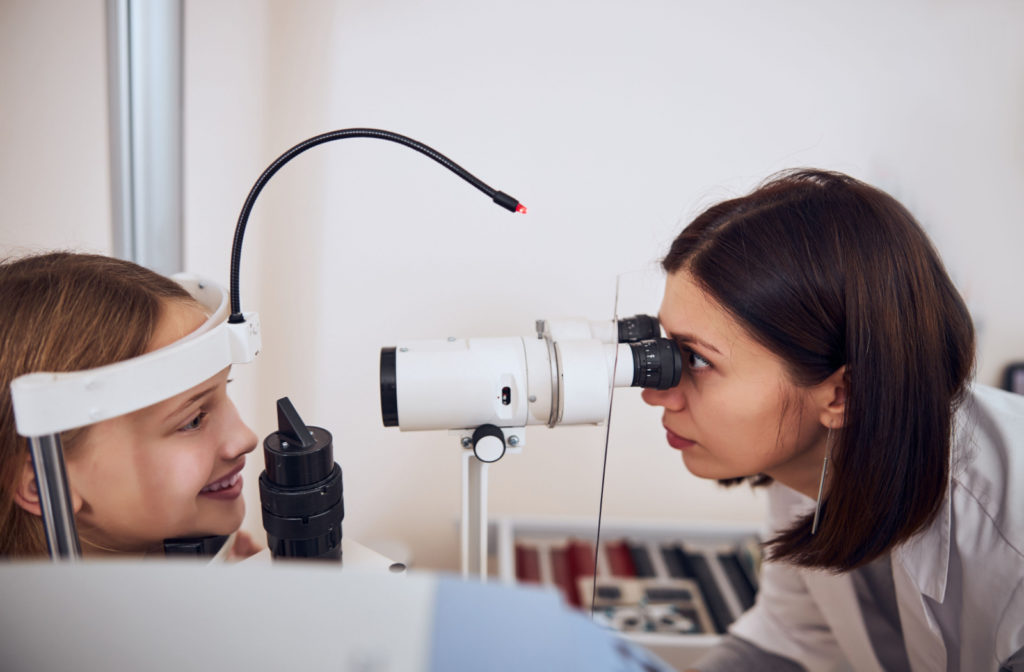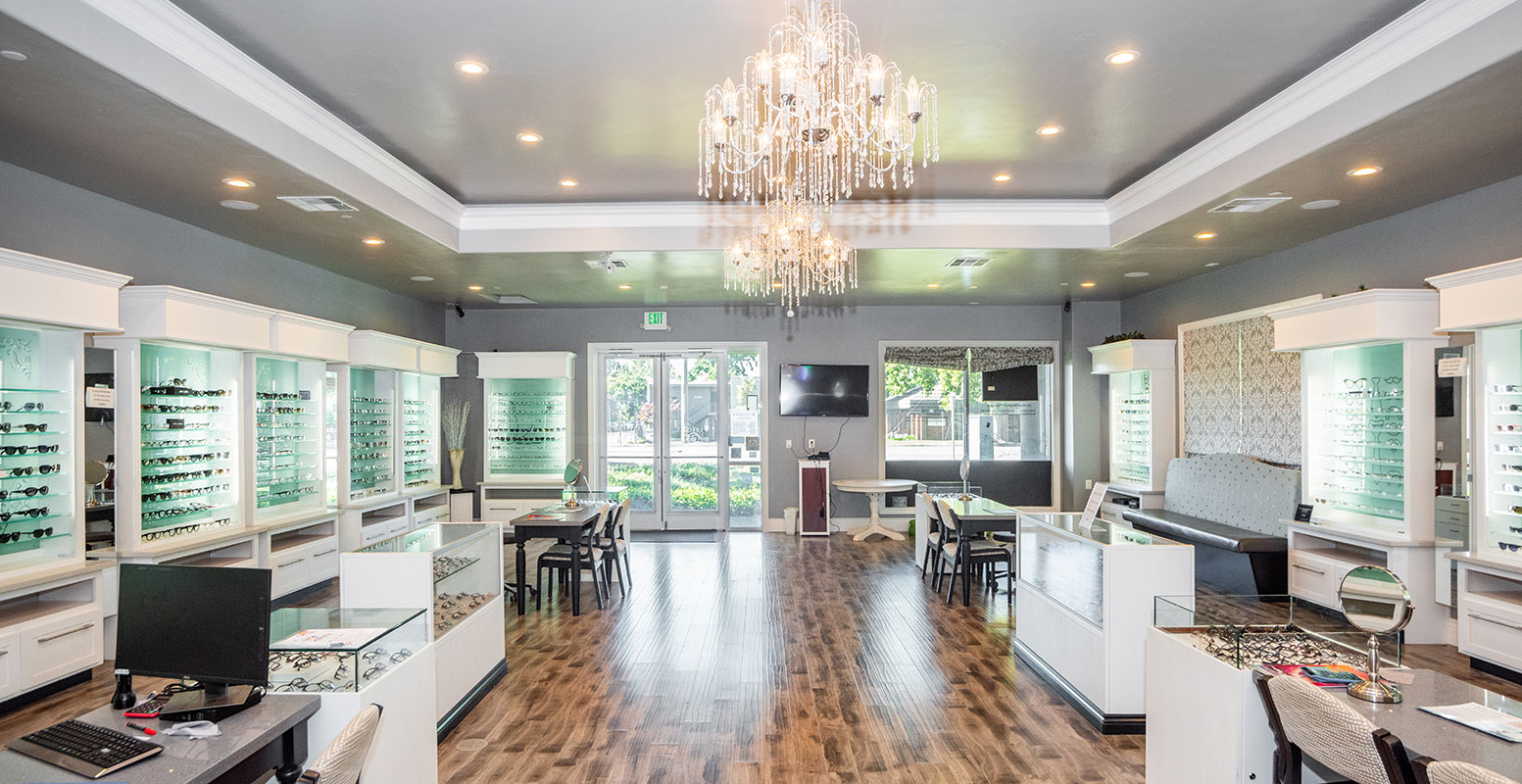Exploring the current Technical Improvements in Optometry and What They Mean for Optometrists
From the precision of Optical Coherence Tomography to the nuanced insights used by AI-driven diagnostic tools, these innovations are establishing brand-new standards in client analysis and treatment. As these improvements penetrate the practice, optometrists are faced with the obstacle of welcoming these tools to improve person outcomes.
Technologies in Diagnostic Equipment
Progressing the area of optometry, technologies in analysis devices have actually revolutionized the way eye care professionals evaluate and identify ocular conditions and aesthetic impairments. The past decade has experienced considerable technological improvements, enabling even more extensive and accurate evaluations.
Another key technology is the intro of sophisticated corneal topography systems, which map the surface curvature of the cornea with accuracy. These devices are particularly useful for fitting call lenses and diagnosing corneal disorders. Digital retinal imaging has changed typical ophthalmoscopy, providing thorough, panoramic sights of the retina that promote complete visual evaluations.
The growth of wavefront aberrometry has actually additionally been important, making it possible for the analysis of refractive errors with unequaled precision (Eye Doctor Optometrist). This innovation assists in customizing rehabilitative lenses and boosting medical outcomes for refractive surgical treatments. Collectively, these diagnostic advancements equip eye doctors to supply premium person care, making sure early intervention and tailored therapy methods, inevitably boosting visual health results
AI in Patient Administration
Building on the foundation of sophisticated analysis tools, the consolidation of fabricated intelligence (AI) in patient monitoring represents a transformative jump for optometry. AI systems are increasingly utilized to enhance performance, accuracy, and customization in client care.
In addition, AI-driven platforms facilitate streamlined patient communications and management processes. Automated scheduling, virtual assessments, and personalized follow-up plans not only enhance patient contentment but also optimize time administration for experts. These systems can triage people based on the seriousness of their conditions, making sure that those in essential requirement get punctual focus.
Moreover, AI boosts decision-making by offering optometrists with evidence-based suggestions and therapy paths. By incorporating data from electronic health and wellness documents, AI tools use insights that notify professional decisions, reducing the danger of mistakes and improving client outcomes. As AI remains to progress, its function in patient monitoring will likely broaden, improving the landscape of optometric treatment.
Advances in Retinal Imaging
In the realm of optometry, retinal imaging has actually observed remarkable technological developments that are improving diagnostic capacities and patient treatment. Innovations such as Optical Coherence Tomography (OCT) and fundus digital photography have actually changed just how optometrists imagine and evaluate the retina. OCT, in specific, offers high-resolution, cross-sectional pictures of the retina, enabling for the comprehensive assessment of its layers. This capacity is vital for early detection and monitoring of conditions like glaucoma, diabetic retinopathy, and age-related macular deterioration.
Enhanced imaging techniques like OCT angiography are further refining analysis precision. Optometrist Chino. Such developments assist in the identification of min retinal adjustments that could signify illness development.
Furthermore, developments in fabricated intelligence are boosting retinal imaging by making it possible for automated analysis of big datasets. These systems help eye doctors in recognizing patterns indicative of pathology, consequently boosting analysis accuracy and efficiency. Collectively, these advancements are changing retinal imaging into a cornerstone of modern-day eye treatment, improving results and expanding healing opportunities.
Teleoptometry's Growing Role
Teleoptometry is increasingly coming to be an important component of eye care, driven by developments in data and diagnostic devices. As optometry welcomes electronic transformation, teleoptometry helps with remote examinations, permitting eye doctors to expand their solutions beyond typical borders. This is specifically advantageous in underserved and country areas where access to specialized eye care is typically article minimal. By leveraging high-resolution video conferencing and progressed retinal imaging, optometrists can perform detailed eye examinations from afar, guaranteeing timely diagnosis and therapy.
The assimilation of expert system (AI) more boosts teleoptometry, making it possible for the analysis of visual information and helping in the discovery of eye conditions such as glaucoma and diabetic person retinopathy. AI-powered formulas can rapidly interpret complex imaging information, giving optometrists with important insights that boost scientific decision-making.
Additionally, teleoptometry supports continuity of treatment with seamless integration with electronic health records (EHRs), enabling optometrists to keep thorough patient histories. When consulting with different professionals., this makes sure that people get tailored and consistent care also.
Despite these advantages, obstacles remain, consisting of ensuring data safety and managing client assumptions. Teleoptometry represents a substantial stride in the direction of more obtainable, reliable, and patient-centered eye care. As technology advances, its role is positioned to increase further.

Future Fads in Eye Treatment
A myriad of ingenious patterns is established to improve the future of eye treatment, driven by technical innovations and the developing requirements of people. One considerable fad is the assimilation of expert system (AI) in diagnostics, which promises to enhance the accuracy and efficiency of eye assessments. AI algorithms can evaluate huge quantities of information from retinal images, potentially detecting problems like diabetic retinopathy and glaucoma earlier than conventional approaches.
Additionally, tailored medicine is acquiring grip in optometry, with genetic screening notifying tailored treatment strategies. This technique aims to maximize individual results by tailoring treatments to individual genetic accounts. Wearable modern technology, such as wise contact lenses, is additionally on the horizon, offering real-time surveillance of intraocular stress or glucose degrees, therefore providing continuous understandings into systemic and ocular health and wellness.
The adoption of enhanced reality (AR) and virtual fact (VR) in training and client education is another emerging pattern. These modern technologies provide immersive experiences that can try here improve understanding and abilities both for clients and eye doctors. As these trends progress, optometrists should stay abreast of technological innovations to provide sophisticated treatment, making certain enhanced individual outcomes and complete satisfaction in the dynamic landscape of eye treatment.
Conclusion

Jointly, these diagnostic improvements equip eye doctors to supply exceptional person treatment, making certain very early treatment and tailored therapy strategies, eventually improving aesthetic health and wellness outcomes.

As these innovations proceed to evolve, eye doctors must adapt and integrate them into method, ultimately maximizing workflow efficiency and boosting the requirement of eye care supplied to individuals.